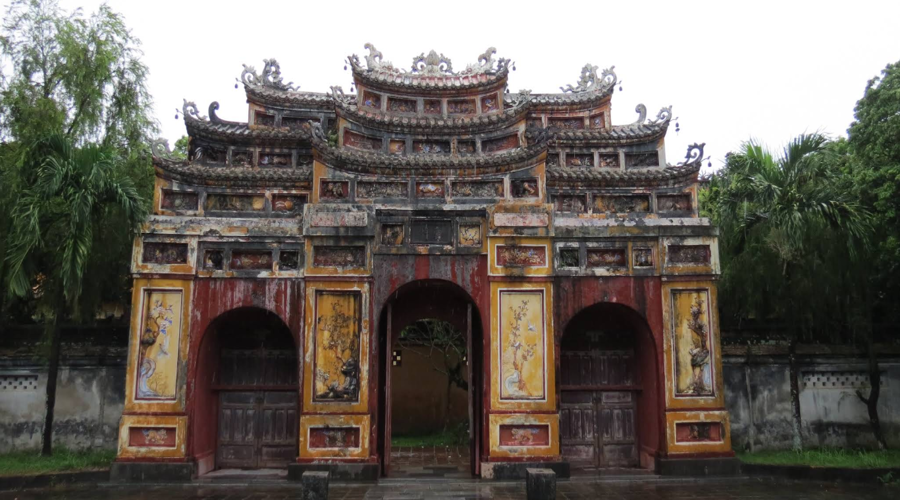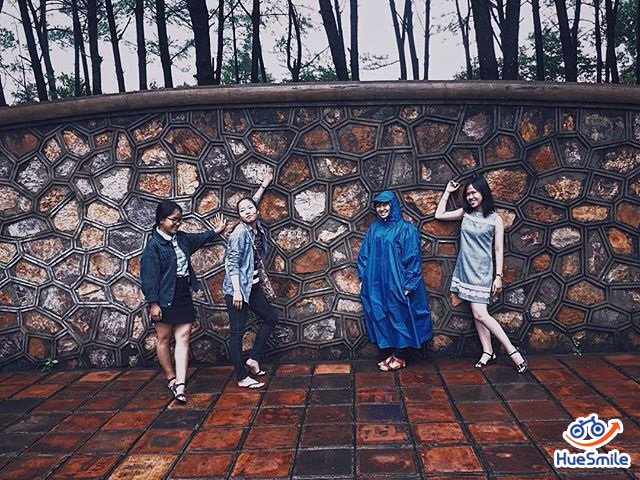
Thế Miếu Temple (also known as Thế Tổ Miếu) is one of the key historical sites in Hue, dedicated to honoring the emperors of the Nguyen Dynasty. The temple serves as a significant cultural monument, symbolizing the respect and remembrance of the emperors who contributed greatly to the country’s history.
Overview of The Mieu Temple

Thế Miếu Temple (Thế Tổ Miếu) was constructed in 1821 during Emperor Minh Mạng’s reign, on the original site of Hoàng Khao Temple, to worship Emperor Gia Long and his successors. The temple occupies an area of 1,500m2 and is designed with a double-roofed structure, similar to the Thai Hoa Palace. The front house has 11 compartments, while the back house has 9, with each compartment dedicated to an emperor.
The temple’s interior has been renovated several times, with the front house now featuring yellow glazed tiles and the main house with cement tiles. The altars are adorned with bamboo curtains, and the front house’s roof is decorated with yellow glazed tiles and colorful enamel wine-skin motifs, adding to the temple’s grandeur.

Thế Miếu Temple currently houses altars for seven emperors, including Gia Long, Minh Mạng, Thiệu Trị, Tự Đức, and Khải Định. Notably, the altars for Emperors Hàm Nghi, Thanh Tái, and Duy Tân were not installed until 1958.
Surrounding the temple is a spacious yard paved with Bát Tràng bricks, with two bronze unicorns placed at its corners. A particularly notable feature is an old pine tree, said to have been planted by Emperor Minh Mạng when the temple was completed in 1822.
How to get to The Mieu Temple

Address: Le Huan street, Phu Hau ward, Hue city













